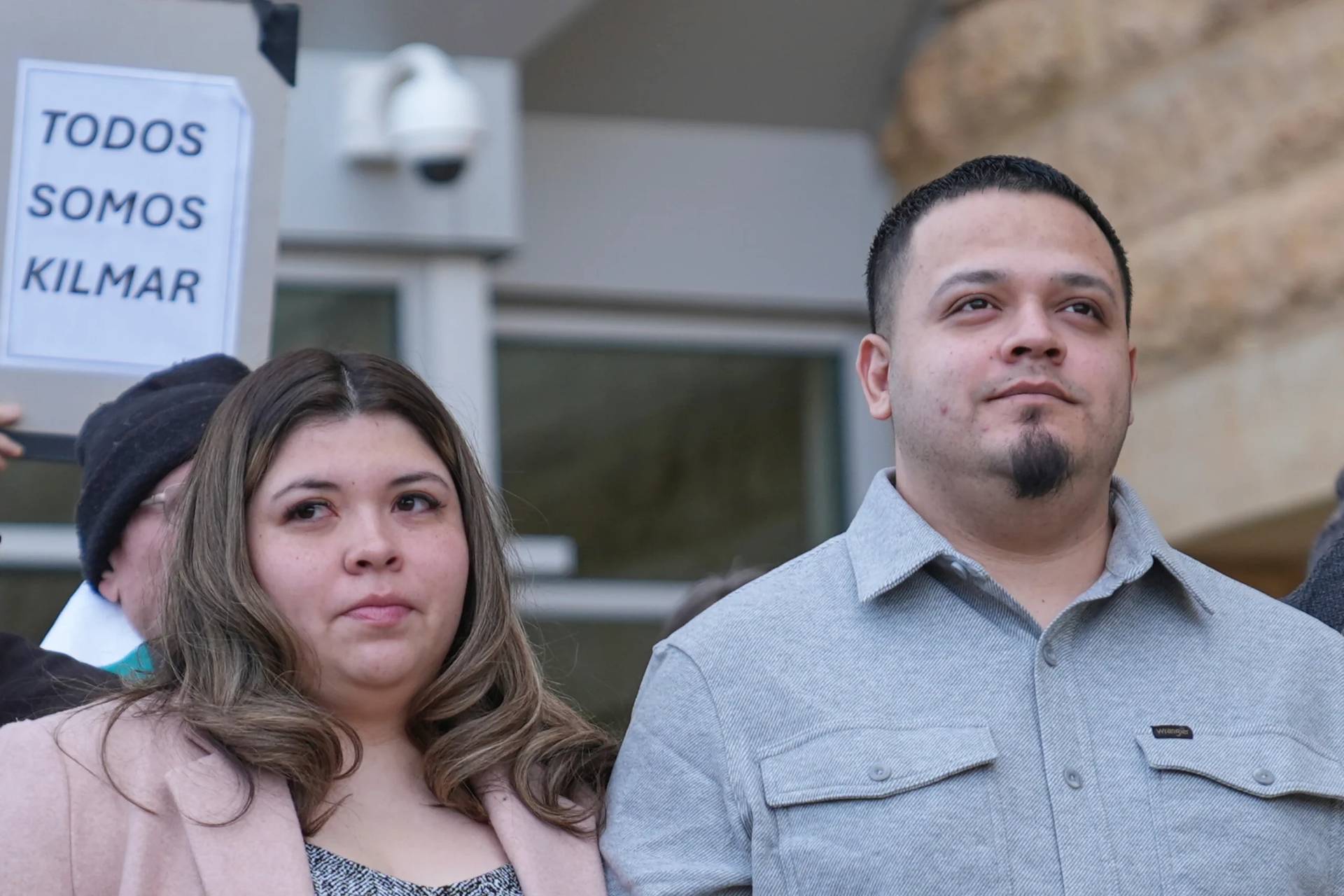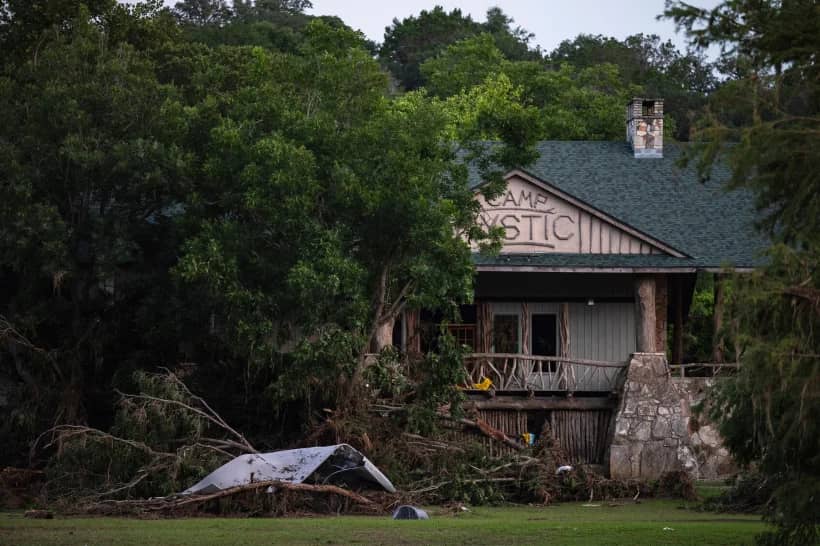The Christian faith, grounded on the Resurrection of Jesus Christ, declares that death is not the end. This is a radical assertion that’s expressed in the life of the Church through multiple feast days, prayers, novenas, votive Masses, and commemorations.
The reality of these cultural expressions were hammered home to me some time ago when a non-Catholic parent expressed outrage over her daughter being taught the Hail Mary. She asserted it was morbid and inappropriate for children. At first, I thought she took offense because it was a prayer to Mary and, as a non-Catholic, she saw such as idolatrous. But I was wrong.
The mother was outraged that her child, some seven or eight years old, was being taught a prayer that include the petition: “…Pray for us sinners, now and at the hour of our death.”
She was beside herself. Why teach little children such a prayer? Why address the topic of death at such a tender age?
Honestly, having grown up Catholic, that part of the Hail Mary didn’t seem odd to me. It’s just something that we’ve always prayed. And, of course, I’ve seen the grace of that prayer at many death beds and emergency rooms in my life and priestly ministry.
The simple prayer – when properly taught and explained – is appropriate for all believers of any age. Why?
The Hail Mary is a remote (or an immediate) request for assistance at a moment of great anxiety, as we transition from this world to the next. It underscores the Christian belief in the Resurrection. It declares: “I’m going somewhere.” It says to the Blessed Virgin Mary: “I’m on my way, and I need your help, because I’m scared.” It’s a prayer that offers consolation, clarity, and certainty. These are states of soul that are needed by all people, whether it’s a child grieving the loss of a grandparent, a young adult struggling with a cancer diagnosis, or an older person accepting the loss of mobility and good health.
This prayer, and so many others in the Christian tradition, is given to us for our own edification and perseverance. It’s also given for those we love.
While the prayer is offered throughout the year in different situations and occasions, it’s particularly recommended during the month of November.
Traditionally, November has been understood as the month of the dead. It begins with the feast of All Saints and All Souls and concludes with the feast of Christ the King. The month is full of celebrations of the Church as the Body of Christ. The time in between these feast days, therefore, is a blessed time for remembrance and intercession. In addition to endearing prayers, such as the Hail Mary, therefore, the Church endorses other practices in November.
For example, most parishes have a Book of the Dead, in which the names of deceased loved ones are written and remembered in prayer. Priests are also encouraged to offer votive Masses for the dead throughout the month and to pray the Office of the Dead in the Liturgy of the Hours. Devotional practices among the People of God, such as the Rosary or Divine Mercy Chaplet, are recommended by the Church, especially if the parish has a cemetery or columbarium. There are also several unique cultural expressions among various peoples or groups in the Church.
All of these religious observances are offered and prayed with a confident faith in the Resurrection. They are not merely born from fond memories, but from a profound belief in the communion of all believers in Jesus Christ. They show a sure knowledge among believers that they are united to one another, and that death cannot divide them since it has been conquered by the Resurrection.
Pope Francis echoes this message. He teaches that by the Lord’s death and Resurrection, Jesus “opened for us the door of hope where we will contemplate God.” He continues by teaching, “The hope of the resurrection never fails us… The first one who walked this path was Jesus. We will walk the path he has walked.”
Throughout November, therefore, the Church gives a strong witness to the human family of the reality of eternal life. As believers are asked to offer their Hail Marys or other devotions, any person of goodwill can see this witness, ask their questions, and choose to believe in the life offered by the Resurrection.














